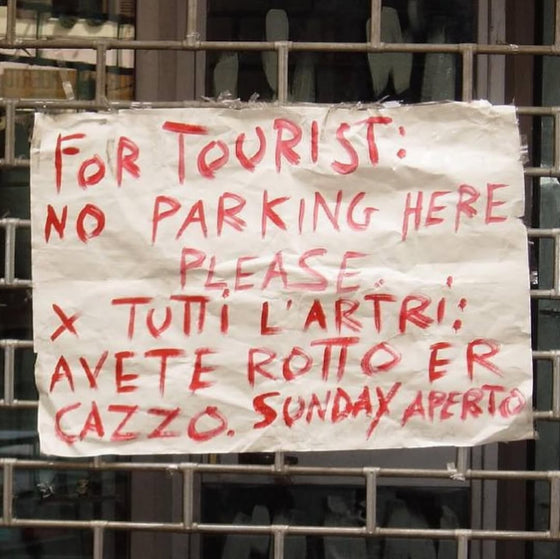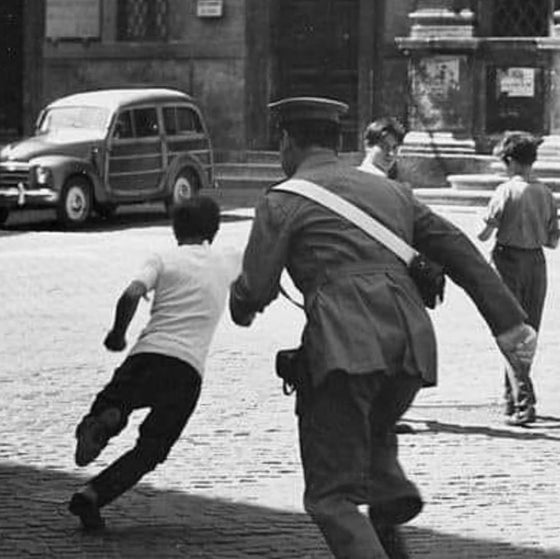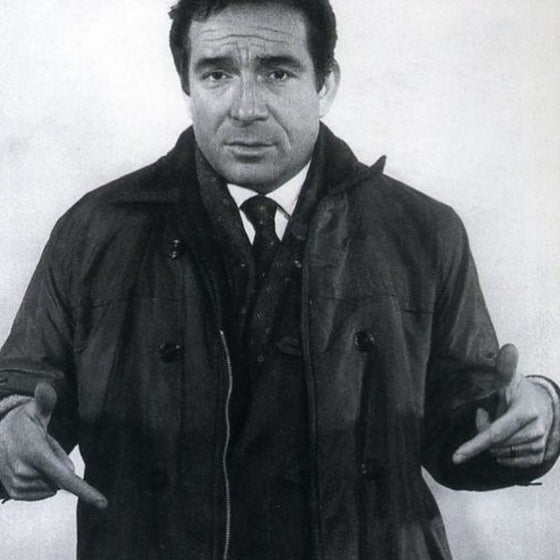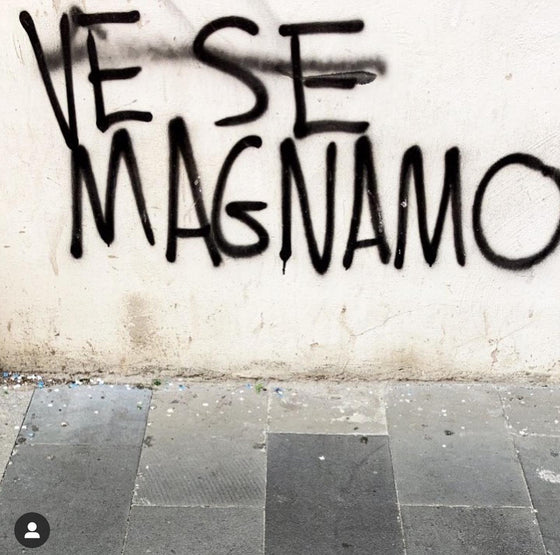An intimate and personal archipelago takes shape in the Dom Pérignon rooms of Ca’ Pesaro, between lyrical abstraction, painterly inquiry, and spiritual tension.
In the works of Antonello Viola, the golden trace of a Venice that is mutable, layered, and in constant transformation.
In Antonello Viola’s Venetian solo exhibition, the works on glass— inspired by insular lands and by the entire Venetian lagoon, conceived as a diffuse archipelago—compose an abstract and inner geography. The exhibition project, designed specifically for the rooms on the museum’s second floor, presents a special selection of oil paintings on glass and on Japanese paper created by the artist over the past four years, many of which are being shown to the public for the first time.
In his dialogue with the city of Venice, Viola embraces and continues the vibrant interplay between light, sky, and water that defines the city. The ebb and flow of fluids inevitably mark the rhythm of time and life. It is precisely this flow that the artist has sought in his works for Ca’ Pesaro: in each glass piece, painting acquires a three-dimensional dimension, thanks to sheets arranged on multiple levels and painted on both sides. A fragile and transparent surface on which time settles in the form of glazes, erasures, and stratifications, reflecting the shifting light on water and suggesting mobile landscapes with uncertain boundaries.
Alongside the glass works, the exhibition also presents pieces on Japanese paper, born of a slow and meditative practice. Antonello Viola works through superimposition and subtraction, building layer upon layer and then reducing to the essential. What emerges is a painting that does not describe but suggests; that does not represent but evokes. The surfaces become suspended, silent places capable of holding and releasing light, time, and memory. A non-objective and spiritual practice; more than abstraction, one should speak of “non-objectivity,” recalling Malevič and his “transfiguration into the zero of form.” Pigments, gold leaf, transparencies, and erasures intertwine like traces in transformation, generating inner, mutable images open to interpretation.
The flesh and earth tones emerging in these papers evoke both skin and foundations—not as boundaries of separation, but as material of passage and permeation between the marine fluid and the body of the city. The foundations—an architectural and urban element that contains and redefines Venice’s liquid dimension—are recalled through essential lines that surface and sink among the pictorial veils, like submerged structures held in the memory of color.
Among the interludes of the Venetian exhibition, Viola resumes his dialogue with the Symbolist painting of Giulio Aristide Sartorio (Rome, 1860–1932), already initiated on the occasion of his exhibition at the Galleria Nazionale d’Arte Moderna e Contemporanea in Rome. At Ca’ Pesaro, the dialogue takes place with the adjacent rooms housing the monumental cycle Il poema della vita umana.
Though distant in time and language, in this degree of separation Viola and Sartorio share a vision of art as a spiritual and contemplative experience, and painting as an instrument that looks beyond the visible, transforming matter into a vehicle of transcendence.
Thus, the exhibition L'Oro della Laguna is at once a tribute to the city and a reflection on time, painting, and spirituality. Like the Venetian foundations, Viola’s work too is continuously reshaped by the tide of perception. Influenced by Constructivist abstraction and a pupil of Enzo Brunori, Viola has made stratification and subtraction his distinctive method.
L'Oro della Laguna thus emerges as an intimate portrait of the city: porous, layered, luminous, in perpetual transformation. An imaginary archipelago takes form in Venice’s reflections, between emerging lands and submerged depths, between lagoon islands and beyond, between light and memory, between history and vision.
The exhibition is realized with the support and collaboration of Galleria Alessandro Casciaro, Bolzano – Venice.

Antonello Viola, L'oro della laguna
Hardcover, 24 x 34 cm, 92 pages | Antiga Edizioni
ISBN 978-8884-355-52-2







